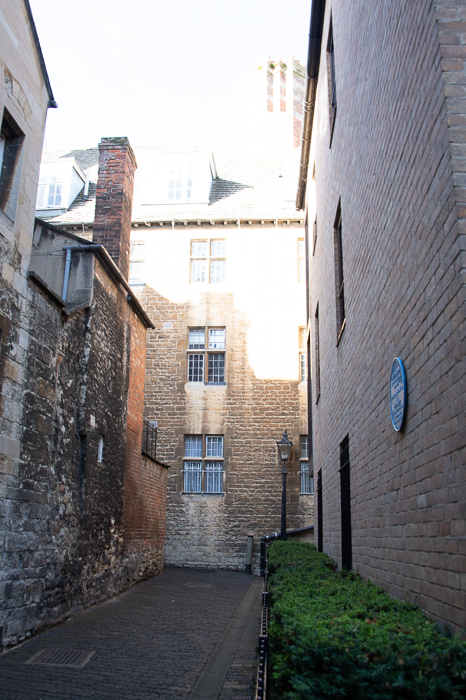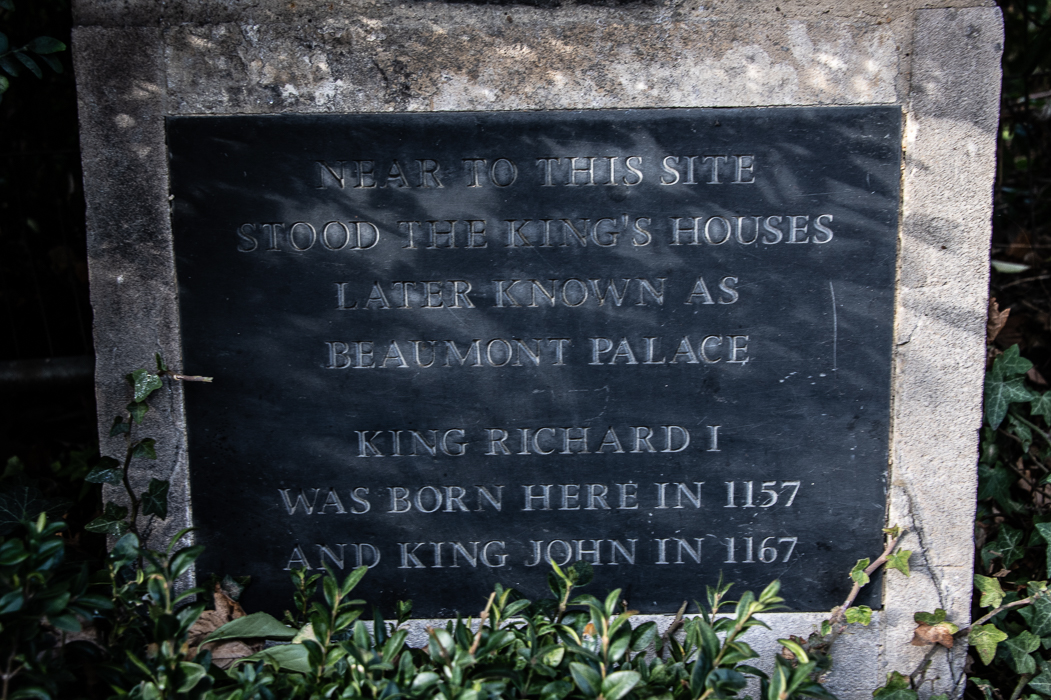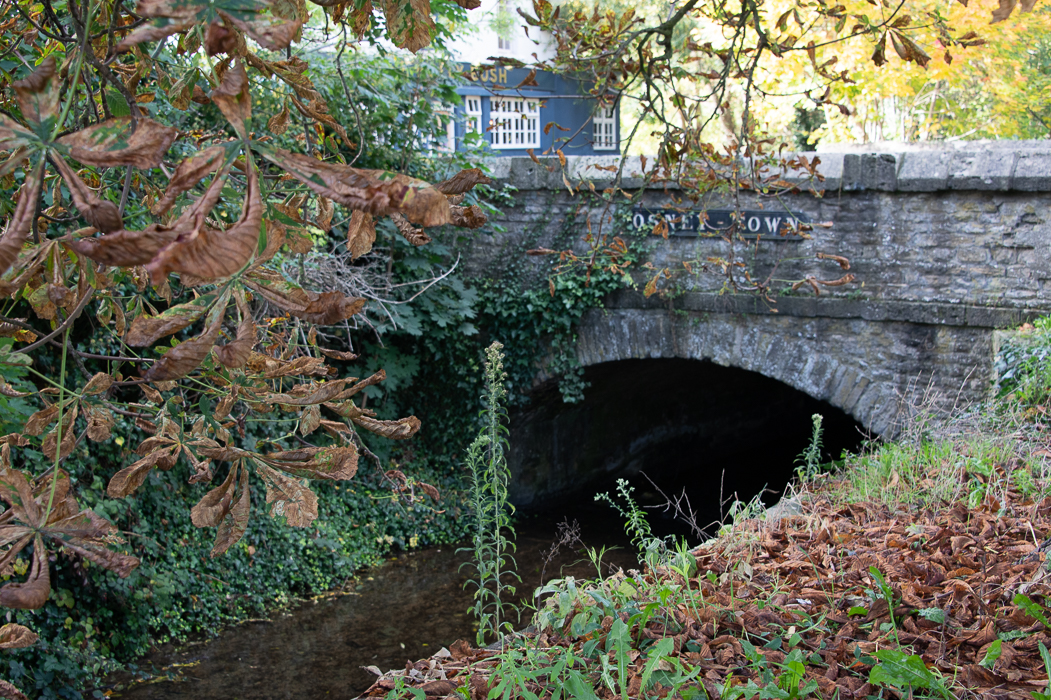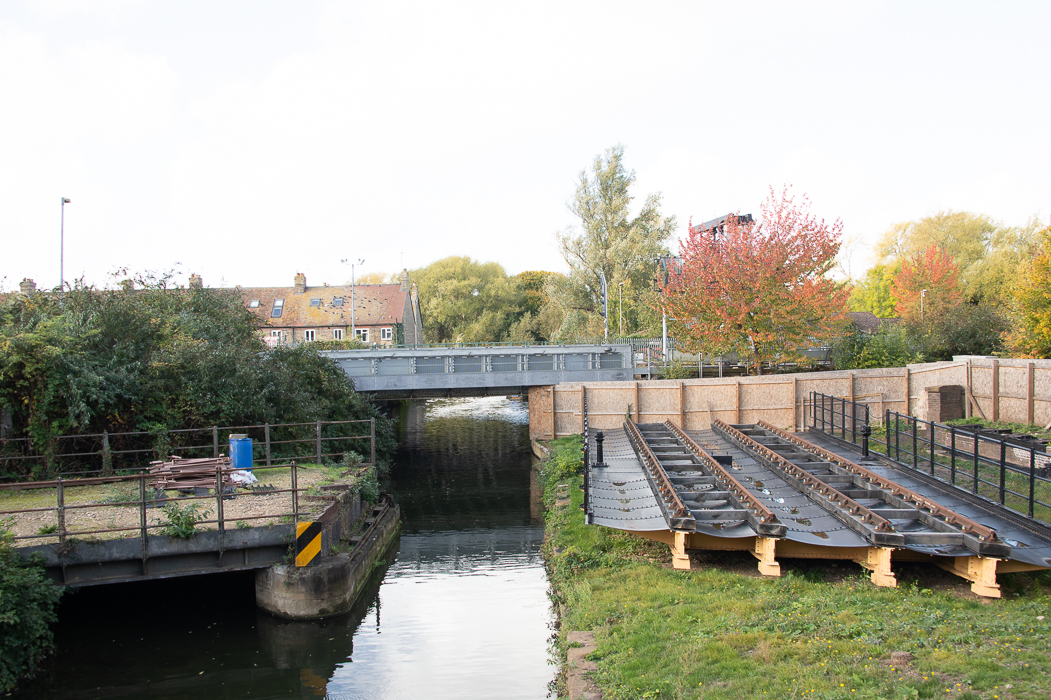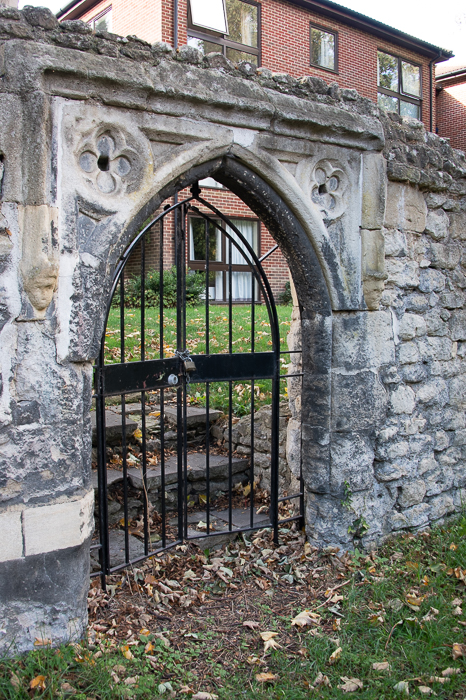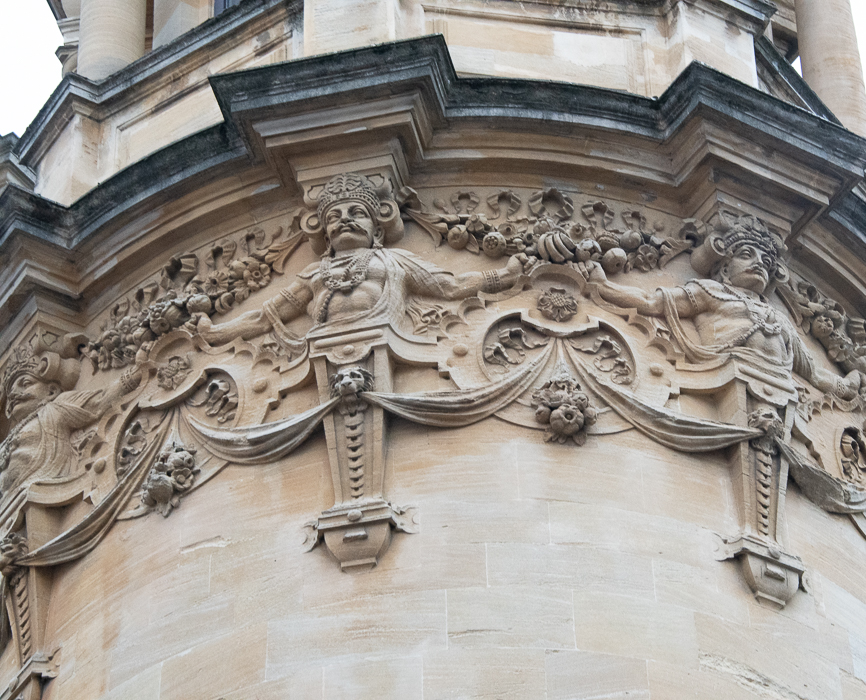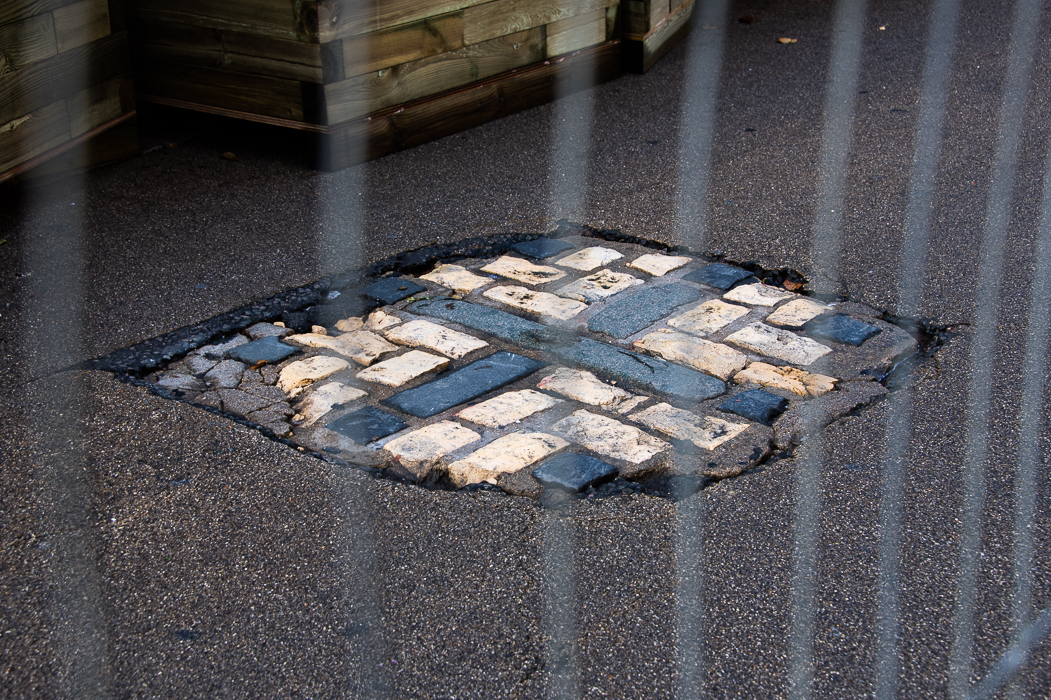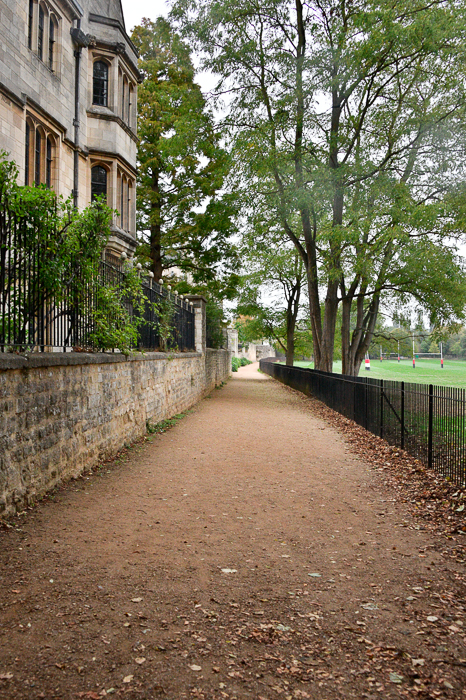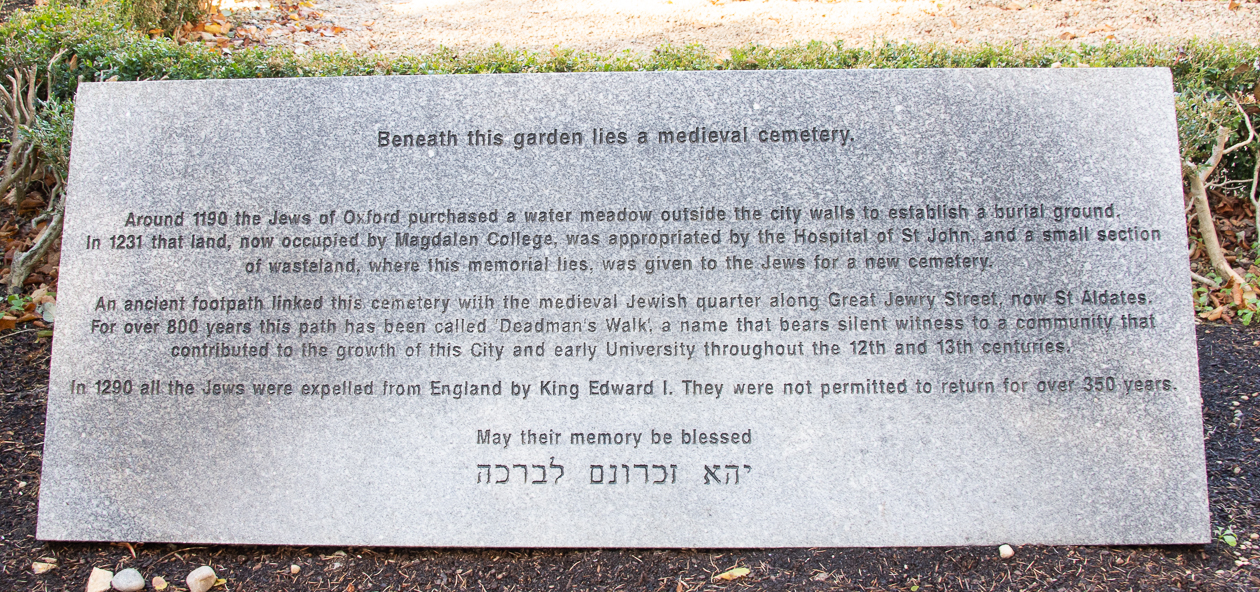October 17, 2022
I walked all day on the 17th and decided to break this into two posts, one architecture and the other all the other fun stuff I saw. Here goes with the Odd and Fun.
Jane Burden was a major figure in the 19th-century Pre-Raphaelite art movement. She was the favorite model for Dante Gabriel Rossetti, one of the leading artists of the Pre-Raphaelite Brotherhood.
She became Mrs. William Morris, the one and the same famous textile designer, poet, artist, novelist, architectural conservationist, and printer associated with the British Arts and Crafts Movement.
However, Jane Burden’s beginnings were rather humble, I had to really work to find this alley where she was born, but it was a wonderful little find.
I tripped over this sign, somewhat buried in a hedge down the street from the hotel at 24 Beaumont.
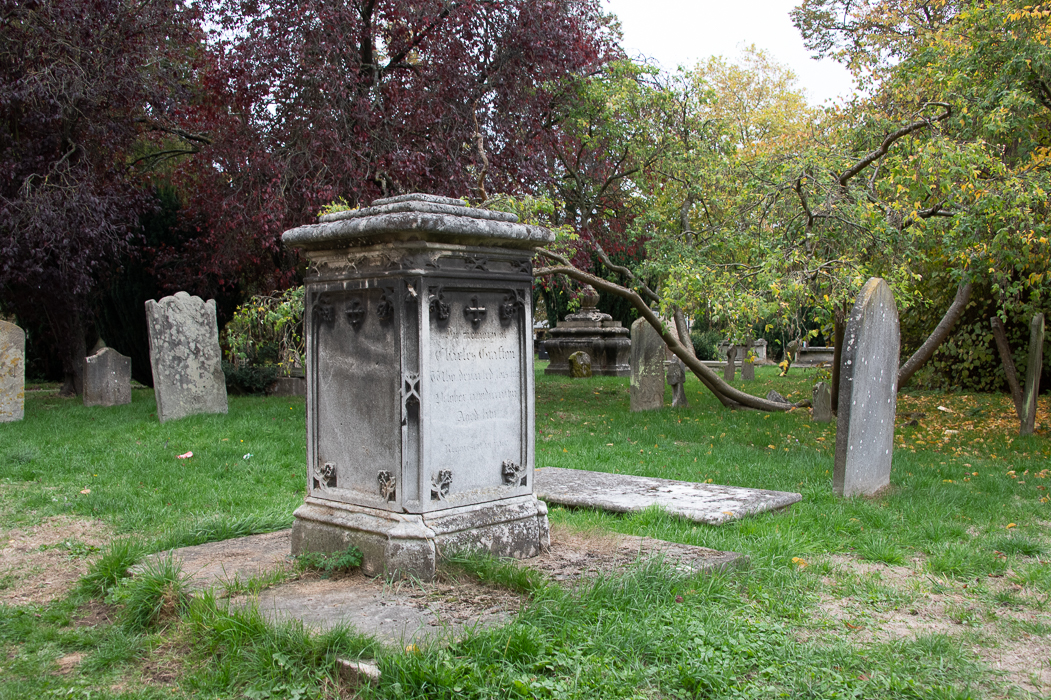
St Giles Cemetery – I tried to find some history and the City Council simply has it listed as “disused”.
The Oxford Canal is a 78-mile narrowboat canal. Completed in 1790, it connects to the River Thames at Oxford and goes to the Grand Union Canal.
I walked for miles along the canal system finding all sorts of interesting little places.
The bridge once crossed Sheepwash Channel. It was designed by Robert Stephenson and built in 1850–1. It was reconstructed in 1890 and 1906, using steel girders. The rail line that crossed the Rewley Road swing bridge, carried passengers from Oxford to as far as Cambridge. It was closed to passenger traffic in 1951 and to freight in 1984. The bridge is presently under reconstruction once again.
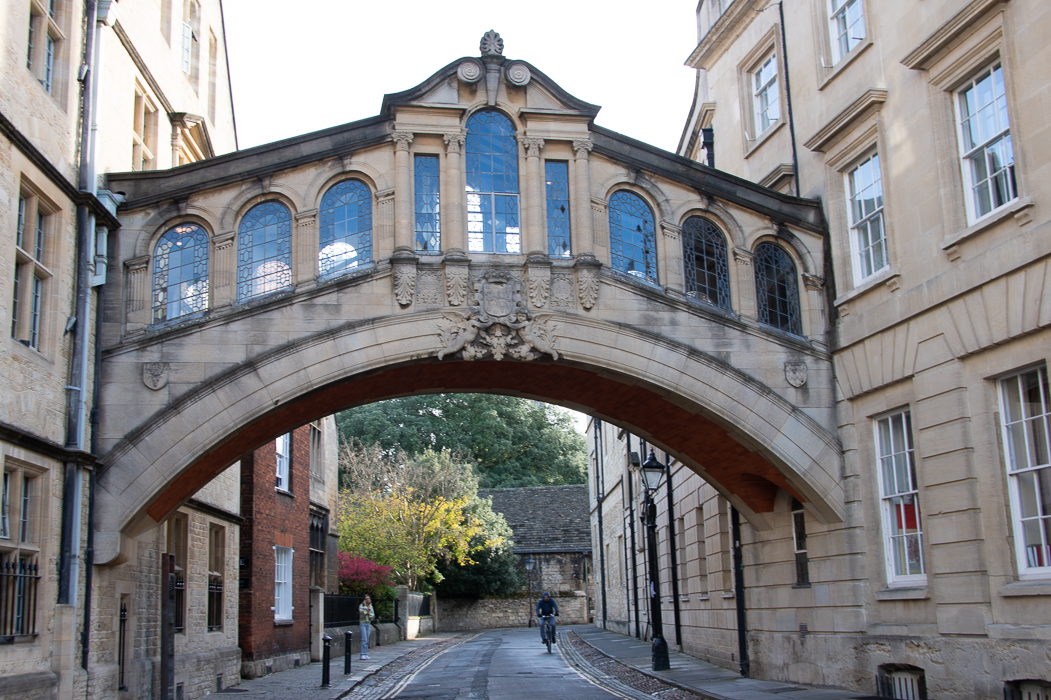
The bridge is popularly known as the Bridge Of Sighs but is officially called Hertford Bridge. It was completed in 1914 and designed by Sir Thomas Jackson.
Broad Street is undergoing some road construction so I had to shoot this through a fence, but bless the construction workers for leaving the mark exposed. In the middle of the 16th century, during the reign of Queen Mary I (also known as “Bloody Mary” due to her brutal religious persecution), three Protestant clergymen were charged with heresy and executed on this spot marked with a brick cross. It is said that the nursery rhyme, Three Blind Mice is an allegory for the trio of clergymen’s demise.
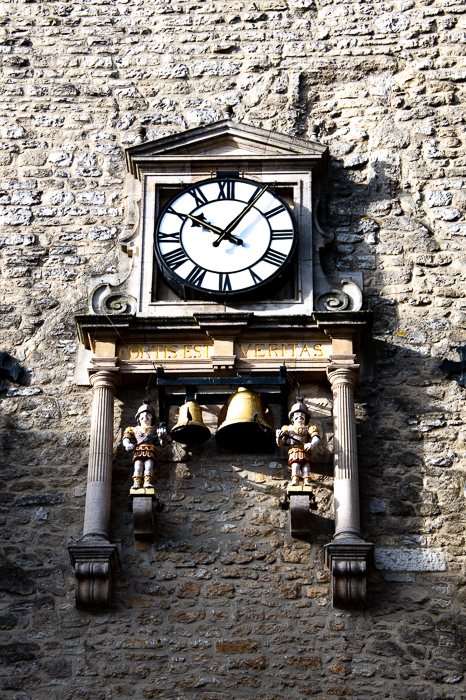
On the east façade of Saint Martin’s Tower, there is a clock adorned by two “quarter boys” who hit the bells to mark the passing of every “quarter” of the hour.
As the sun was trying to set and the Meadow Christ Church was closing I made it to Deadman’s Walk. The walkway is thought to be the route of medieval Jewish funeral processions. A procession would begin at the synagogue (near where Tom Tower now stands) and proceeded towards the Jewish burial ground (now the site of the University of Oxford Botanic Garden).
This stone slab in the Botanical Garden reads:
Beneath this garden lies a medieval cemetery.
Around 1190 the Jews of Oxford purchased a water meadow outside the city walls to establish a burial ground. In 1231 that land, now occupied by Magdalen College, was appropriated by the Hospital of St John, and a small section of wasteland, where this memorial lies, was given to the Jews for a new cemetery.
An ancient footpath linked this cemetery with the medieval Jewish quarter along Great Jewry Street, now St Aldates. For over 800 years this path has been called ‘Deadman’s Walk,’ a name that bears silent witness to a community that contributed to the growth of this City and early University throughout the 12th and 13th centuries.
In 1290 all the Jews were expelled from England by King Edward I. They were not permitted to return for over 350 years.
May their memory be blessed
For me, it was really just a lovely stroll on a stunning fall evening.

